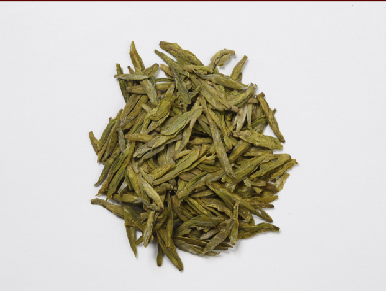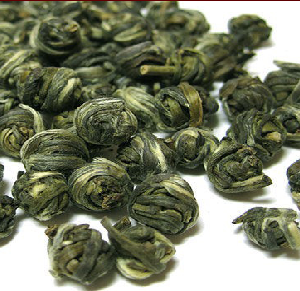£22.00
Description
Longjing tea comes from the West Lake in Hangzhou, Zhejiang province. Longjing name or “Dragon Well “derives from old Longhong name what was changed when the local people while digging a well found an unusual Dragon shaped rock and started using Longjing name instead. Longjing tea leave is well known for its typical features, green in color, strong in fragrance, are sweet in taste and beautiful in shape. Longjing tea earned a title of a Royal tea yet during Qing dynasty, by the emperor Qianlong who ordered to plant eighteen tea trees in front of Longjing temple. This honored order ensued after Longjing tea cleared the Queen’s Mather ailments of chest infection. While the emperor was visiting West Lake district, his mother back in Beijing fall ill. He received the news about the mother’s health problems while learning and picking tea leaves. He accidentally put newly fresh tea leaves into his sleeves and rushed back to Beijing to see his mother. When he returned to his mother she asked him, what was that fragrance on him. He just then realized that he still had some Longjing tea leaves in his sleeve, and offered his mother fresh Longjing tea. She had some of the fresh Longjing tea and very soon all ailments of the chest infection were fading and the Queen was recovering quickly. Picking Longjing tea leaves requires very profound skills and knowledge. Tea picking is closely related to seasons. Tea leaves are picked twenty-two times per year. Spring tea leaves are picked in the late March while the second pick is in the summer when the leaves are no longer then two centimeters. Picking decides the grades of the leaves, while frying decides their color, shape, and taste. The procedure of frying Longjing tea is very complex, including shaking, stripping, swinging, tossing, pressing, squeezing, etc. Longjing frying is divided into two parts, primary and finishing. The primary part is a process of putting the tea leaves into a rough shape. The temperature is first high and then reduced to low, kept between 240°C and 300°C. Since the process of processing tea leaves is still manual the labor is very arduous work, therefore, a skilled expert can only fry one kilogram in one operation.
Additional information
| Weight | 0.1 g |
|---|




